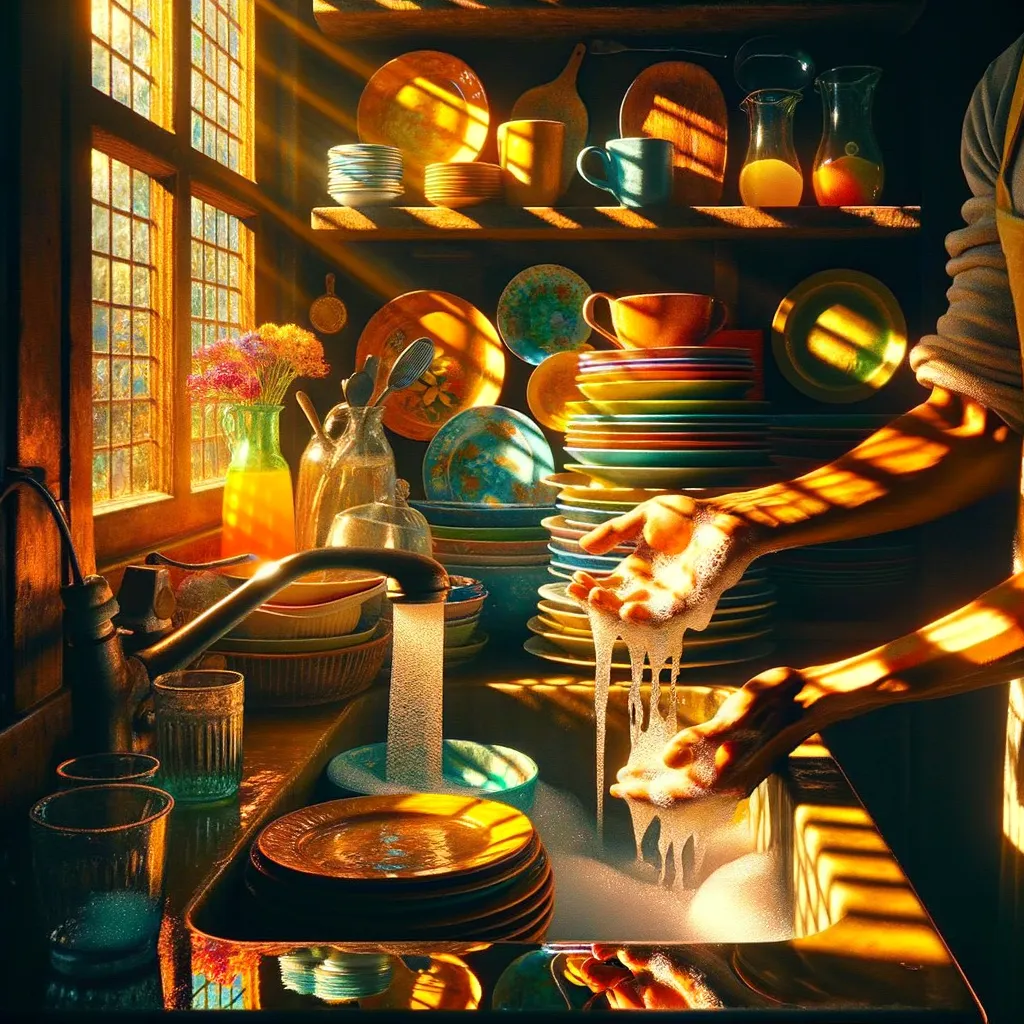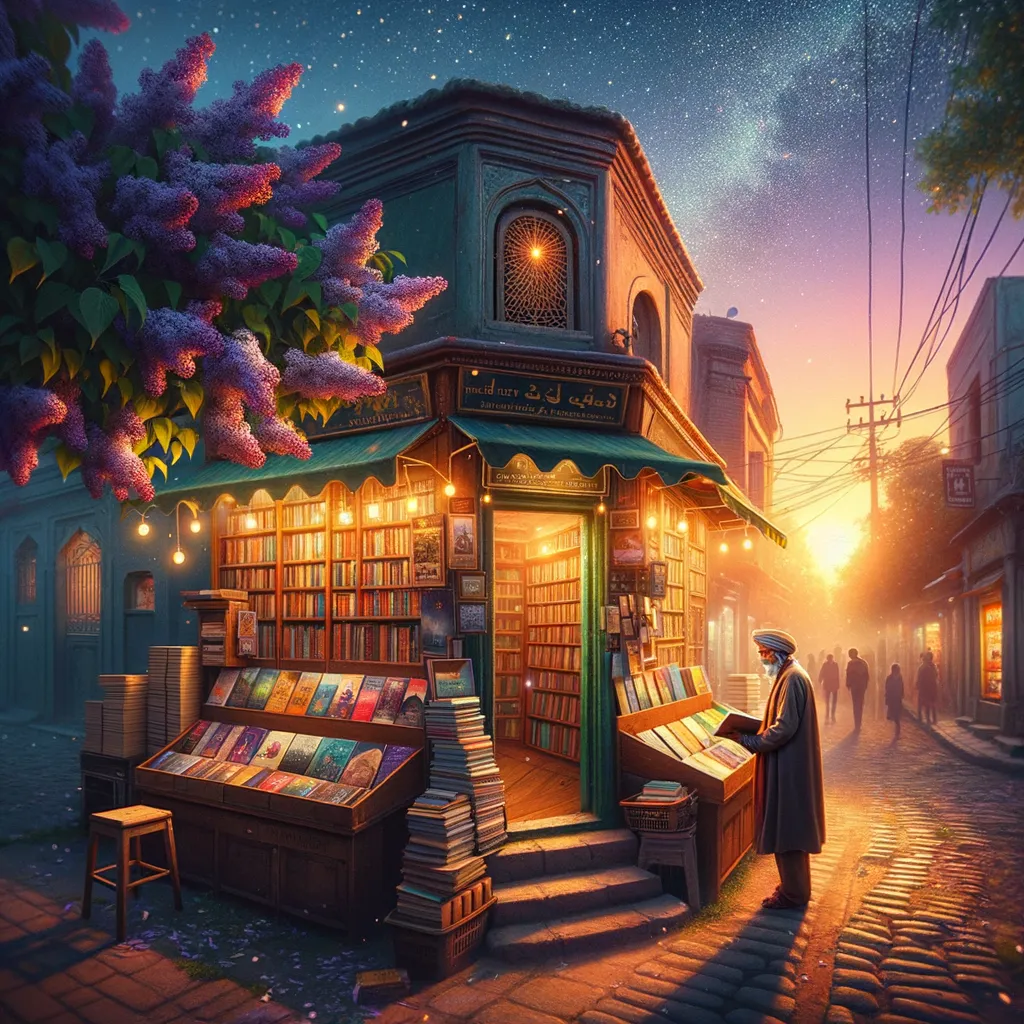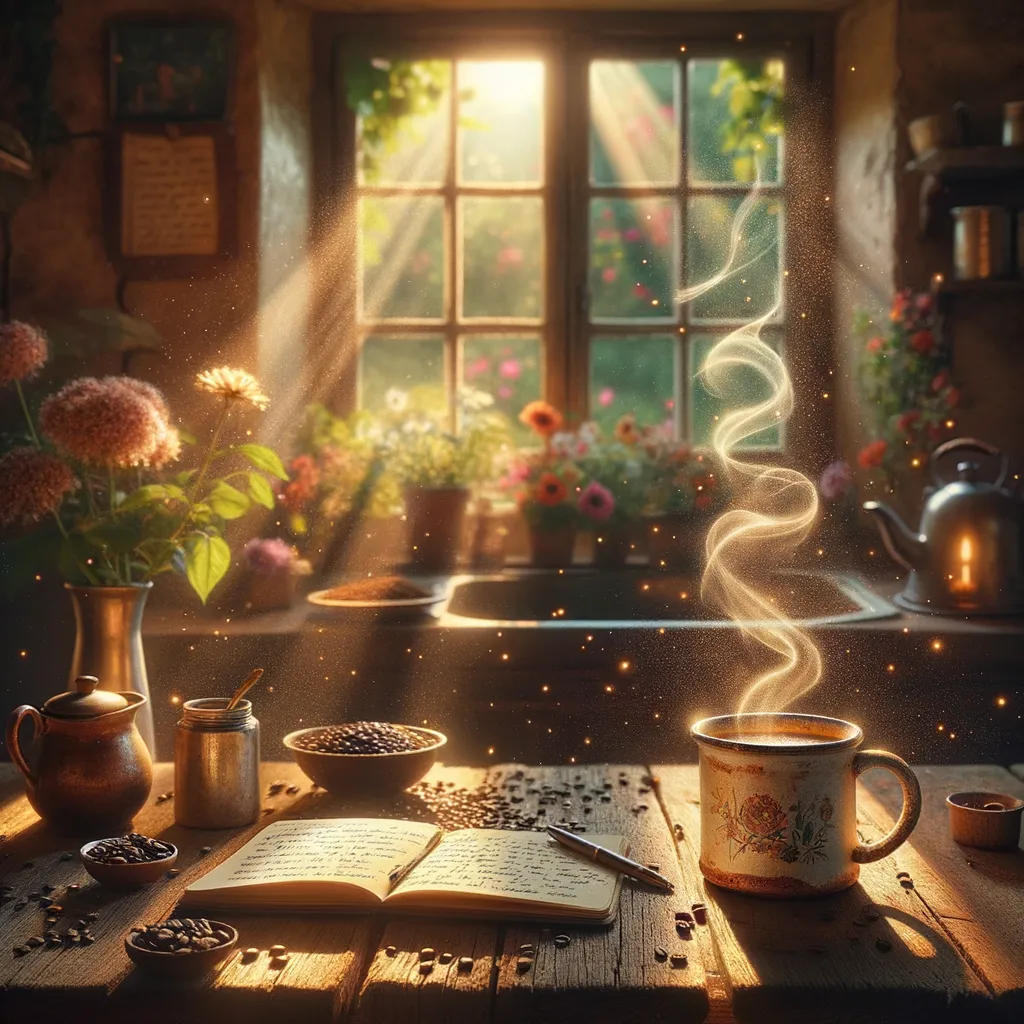Rediscovering Craftsmanship: A Journey Through Wood and Time
In a hidden antique shop, a serendipitous discovery of a delicate marquetry box ignited a spark of inspiration that transformed an ordinary day into the beginning of a profound journey. Each touch of the box revealed whispers of a bygone era, leading to a newfound passion for woodworking—an art form that blended creativity with purpose in a world increasingly enamored with the impersonal. As lessons unfolded through the guidance of local artisans, the rhythmic dance of saws and sandpaper created a symphony of connection between the maker and the material, revealing the stories embedded in each grain of wood. Challenges emerged as integral companions on this path, teaching resilience and patience, and illuminating the beauty found in imperfection. Ultimately, the journey evolved into a celebration of mastery and tradition, leaving a lingering curiosity about the other lost arts waiting to be rediscovered and the transformative power they hold.
In the memory of March 8, 2013, I stumbled upon a small, cluttered antique shop while wandering through a forgotten corner of the city. Dust motes danced in the sunbeams that filtered through the grimy windows, illuminating a treasure trove of relics from times gone by. Each object seemed to whisper secrets of its past, beckoning me closer. Among the faded photographs and worn books, my eyes were drawn to a delicate, wooden marquetry box, its surface a mosaic of intricate designs. It was a reminder of craftsmanship that had long faded from the modern world, and in that moment, I felt a pull toward a lost art—woodworking.
As I ran my fingers over the smooth finish of the box, I envisioned the skilled hands that had carved each piece with patience and precision. The art of woodworking, with its blend of creativity and practicality, intrigued me. Here was a skill that not only created beauty but also served a purpose. In an age dominated by mass production and digital convenience, the thought of shaping raw wood into something meaningful felt like a rebellion against the impersonal nature of contemporary life. It sparked a desire to reconnect with the tactile world, to embrace the satisfying rhythm of creation.
I left the shop that day, the marquetry box tucked under my arm, its weight a tangible reminder of my newfound aspiration. The following weeks were filled with research and exploration, each turn of the page revealing the rich history of woodworking. I learned of ancient artisans who poured their souls into their craft, creating heirlooms that would outlast generations. There was something profoundly romantic about this dedication to craftsmanship, a stark contrast to our throwaway culture. It ignited a fire in my heart, compelling me to seek out the tools and techniques that would allow me to dive into this world.
In the pursuit of mastery, I sought guidance from local artisans, their workshops a symphony of saws and sandpaper. As I watched them transform rough timber into exquisite works of art, I was struck by the harmony between skill and intuition. Each cut was deliberate, each joint carefully considered. The workshop buzzed with the scent of fresh wood shavings and the satisfying sound of tools in action. I was captivated by how woodworking demanded not just physical skill but also an understanding of the material’s nature—a delicate dance between human intent and the organic world.
Yet, it was not merely the act of creation that fascinated me; it was the stories embedded in each piece of wood. Each grain told a tale, a chronicle of life, growth, and change. As I began to carve my own creations, I found myself pouring fragments of my own story into the wood. The process became a meditative practice, a way to reflect on my own journey. I learned that woodworking was not just about producing objects; it was about forging connections—between the maker and the material, between the past and the present, and ultimately, between myself and my own experiences.
With each project, I encountered challenges that tested my resolve. There were moments of frustration when a joint wouldn’t fit or a design fell short of my vision. Yet, through those trials, I discovered resilience. I learned to embrace imperfection, understanding that mistakes were simply part of the journey. The process taught me patience and humility, lessons that extended far beyond the workshop. I began to see life through a different lens, one that appreciated the beauty of the imperfect and the value of persistence.
As I honed my skills, I realized that the act of woodworking was a metaphor for life itself. Each piece I crafted was a reflection of my growth, a testament to the time and energy invested in transforming raw potential into something beautiful. The more I immersed myself in this art, the more I found joy in the act of creation itself, rather than the end product. It was a reminder that life, much like woodworking, is a continuous process of shaping, refining, and evolving.
On that fateful March day, I had unknowingly embarked on a journey that would reshape my understanding of artistry and connection. The wooden box that had first captured my attention became a symbol of my commitment to this craft and to the richness of life that lies in the pursuit of mastery. As I crafted my final piece, a small table adorned with intricate marquetry, I realized that I was no longer just a novice; I had become a part of a lineage that celebrated tradition and innovation.
In reflecting on this journey, I am left with a profound appreciation for the lost arts that seem to fade in our fast-paced world. They remind us of the importance of patience, the value of craftsmanship, and the stories we carry within us. As I look back on that day in March, I wonder: what other lost arts might we rediscover, and how might they transform our lives in ways we have yet to imagine?
In the quiet embrace of an antique shop, the whisper of forgotten crafts ignites a journey, reminding us that true artistry lies not just in creation, but in the connection between hands, heart, and heritage.



